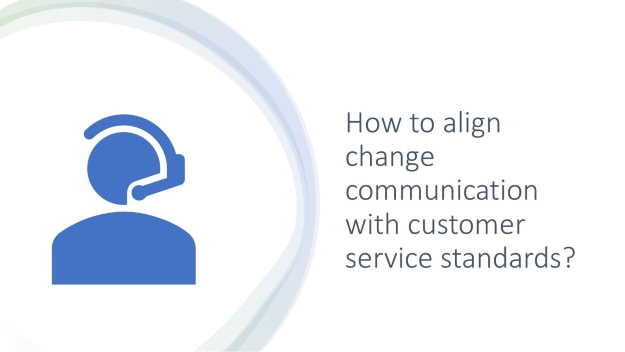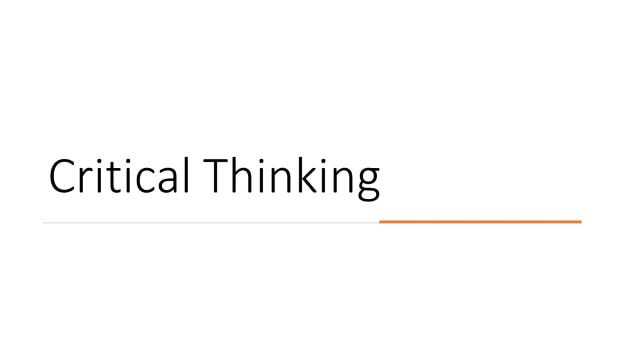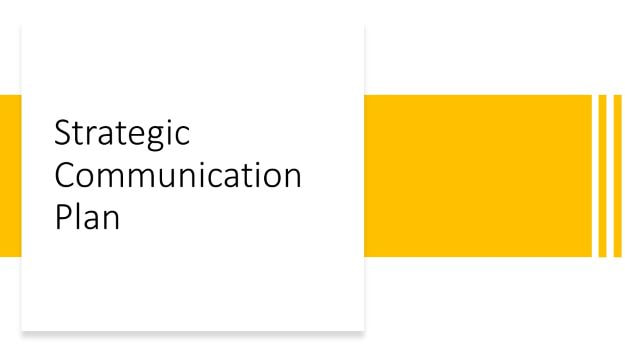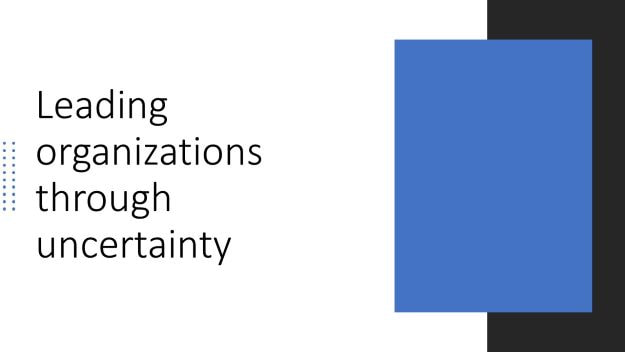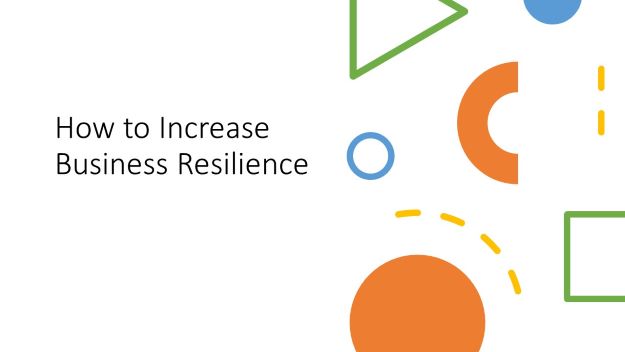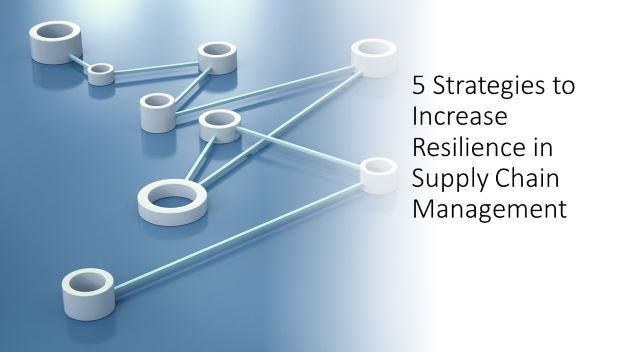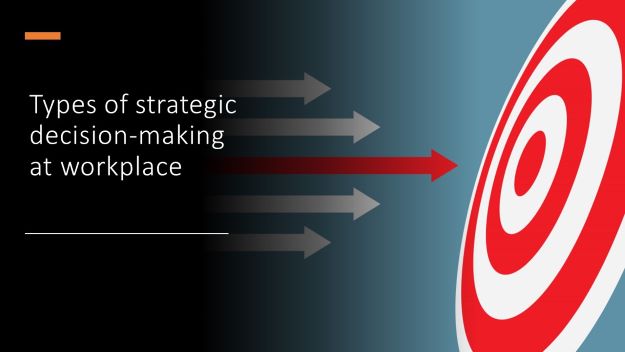Therefore, aligning change communication with customer service standards fundamentally must ensure that any changes in products, services or policies are timely and clearly communicated to the customers. Also, the communication must be empathic.
This can be achieved by integrating the customer service principles into the change communication strategy. For example, banks send text messages to customers cautioning them to protect themselves from phishing scams, frauds or proactively update customers about a maturing fixed deposit that needs to be renewed in time (so as not to lose the interest). This demonstrates respect for the customers, which then boosts customer satisfaction and loyalty.
However, it is imperative that the communication is clear, concise, and jargon-free to ensure that customers get the messages well. Additionally, the communication must be two-ways, meaning, there should be a feedback thread which the customers can use to ask questions, voice concerns etc. You may like to checkout my blogpost on strategic communication plan.
This approach not only supports high customer service standards but also facilitates cementing trust and maintaining a positive relationship with customers while leading organizational changes. Checkout important information about organizational change management here.
Related Reading:
- Up to speed with workflow- How to choose business process improvement methodology for your organization and measure the positive change.
- How to cut costs strategically using Kaizen
- Streamline processes and workflows with Gemba Walk.
- Top Ten Strategic Decision-Making Tools for Operational Excellence
Follow Shruti on Twitter, YouTube, LinkedIn
Categories: Strategy | Operations | Leadership
Keywords and Tags:
#operationalexcellence #strategicplanning #strategymanagement #communicationplan #businesscomunication #managingchange #customerengagement #processimprovement #creatingacultureoftransparentcommunication #customerservice #customersatisfaction

